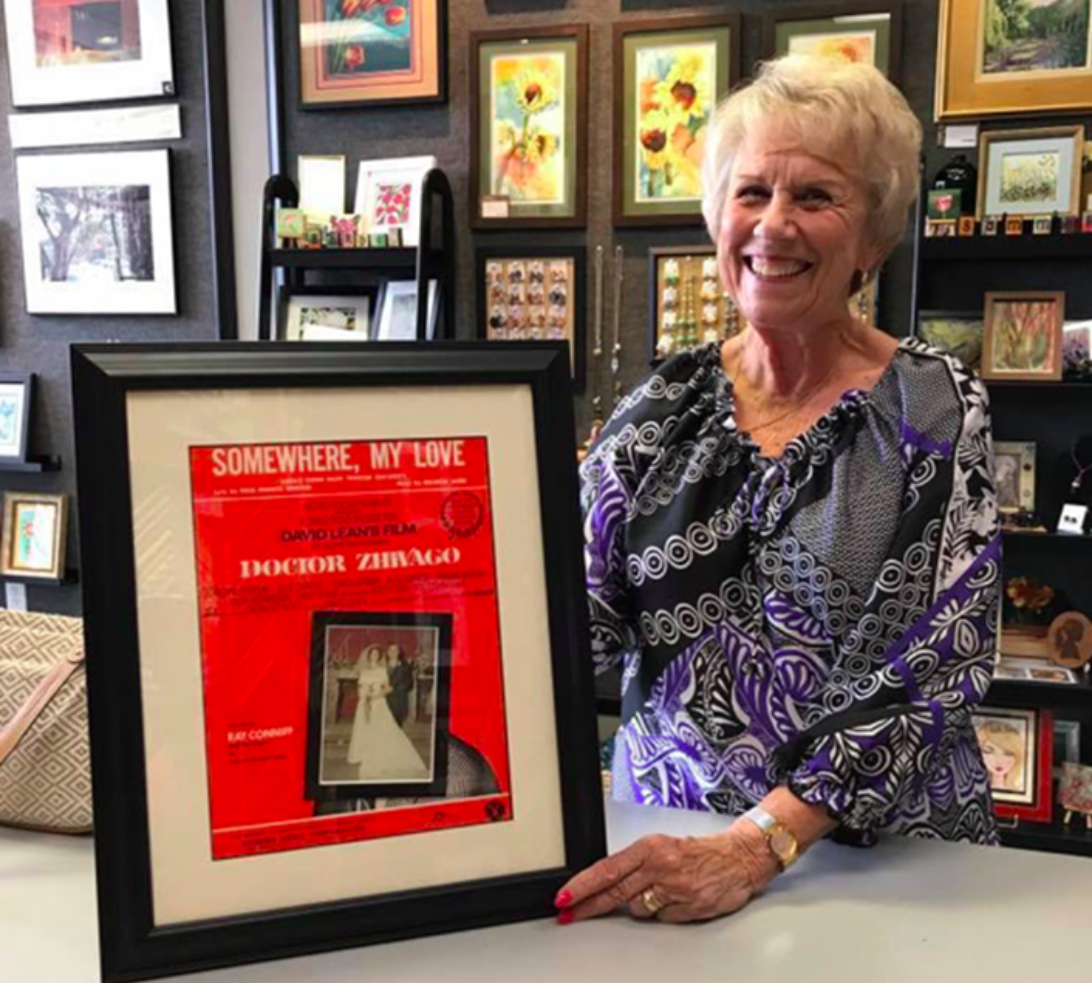Dry Mounting Makes the Difference
At some point, most everyone has purchased a picture frame from the home decor section at their favorite store. You place your picture inside and that’s pretty much all. It’s not really mounted, but just hanging out—floating between the glass and the cardboard backing. Mounting is where one of the greatest benefits of custom framing comes into play. Last month’s Become a Custom Framing Insider blog post covered lots of custom framing terms that are helpful to be familiar with. A few readers expressed some curiosity about different mounting types—and we’d never miss an opportunity to geek out on custom-framing techniques! Dry mounting is one of the mounting options we provide and that’s where we shall start.


What is Dry Mounting?
First off, what is dry mounting? It might sound complicated, but it’s just the process of permanently adhering your artwork onto a piece of foam core or backing board. The “dry” part of the process means that no wet adhesives are used, but a sheet of dry adhesive material instead. The artwork and backing board are subsequently placed into a vacuum press—flattening artwork as it heats the adhesive to cause a permanent bond to the backing board.
This technique used by the designers at FastFrame is at the core of what really makes custom framing so important—even though the beautiful mats and frame options get most of the attention! Dry mounting keeps your piece flat, smooth, and free of waves that form due to moisture and humidity. A side-effect of the scenario we mentioned earlier—just sticking your photo or artwork in a store bought frame.
Room With A View.
You might be thinking that the piece you intend to frame is perfectly flat. You’ve kept it safe between cardboard packing or rolled up in a protective tube. It’s not wrinkled—so why bother with custom framing when you can just stick it in a store-bought frame yourself? The answer? Although it might look decent in your DIY frame, it will expand and contract over time as temperature and humidity vary. These expansions and contractions will translate into waving and bowing of the artwork within the frame.


A dry mounted piece of artwork will remain flat, regardless of changes in the surrounding environment. If your artwork isn’t new, but has come to you aged with some pre-existing damage, the dry mounting process may help remove wrinkles and crinkles. The only consideration is you’ll want to think about the permanence.
Dry mounting creates a permanent adhesion between the artwork and the backing. It is not meant for all types of artwork. You should never permanently mount any artwork of value, such as limited editions, diplomas, historical documents, or pieces of sentimental value. For these types of artwork, you should consider other mounting techniques. You should also never dry mount any thing that is heat sensitive such as pastels, charcoal and crayon drawings or any artwork that is thermographic in nature. Your designer at FastFrame will walk you through all of the options that are available to meet any special needs—it’s called custom framing after all!






